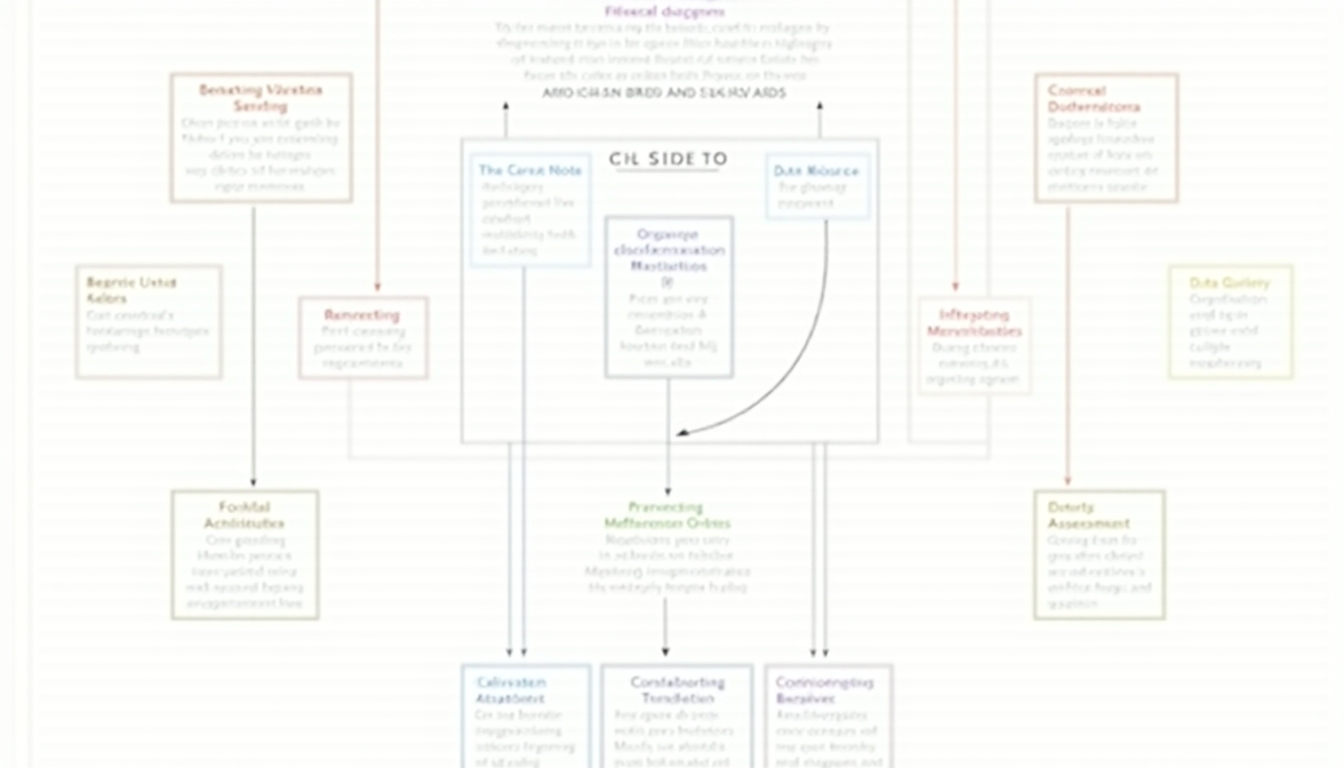Understanding the Power of Applied Behavior Analysis Therapy
Applied Behavior Analysis (ABA) therapy is a highly effective therapeutic strategy that is gaining recognition for its positive impact on individuals with behavioral disorders. This article delves into the numerous benefits of Applied Behavior Analysis therapy, illustrating how it supports both individuals and their families in achieving greater wellness and harmony.

The Foundations of Applied Behavior Analysis
At its core, Applied Behavior Analysis is a scientific approach that focuses on improving specific behaviors, such as social skills, communication, and learning abilities. Originally developed for children with autism, its principles are now used to support people across various spectrums seeking improved behavioral outcomes. What makes ABA incredibly effective is its individualized approach, where interventions are tailored to meet each person's unique needs.

Benefits of Applied Behavior Analysis Therapy
1. Enhanced Communication Skills: ABA therapy effectively enhances communication abilities in individuals, allowing them to express their thoughts and emotions more clearly. This involves teaching verbal and non-verbal communication skills in a structured and supportive environment.
2. Improved Social Interactions: By focusing on social skills, ABA helps individuals engage more effectively with peers and adults, reducing social anxiety and fostering meaningful relationships.
3. Positive Behavioral Changes: Through reinforcement strategies, ABA encourages the development of desired behaviors while reducing those that are challenging or disruptive.

Insights into Family Therapy and Family Wellness
ABA isn’t just for individuals; it extends its reach to whole families.
Family Involvement in Therapy: Family therapy sessions integrate ABA principles to equip family members with communication strategies and behavioral techniques that support therapy progress at home. This ensures consistency and maximizes the benefits of applied behavior analysis therapy.
Promoting Family Wellness: Families observing their loved ones' progress often experience an improved emotional environment at home. This fosters a cycle of encouragement and motivation that reinforces therapy successes, benefitting the wellness of the entire family.

Real-World Applications of Behavioral Therapy
ABA's principles are not confined to clinical settings; they find application in everyday situations. For instance, a mother using ABA techniques might teach her child with autism new ways to handle social events, resulting in more enjoyable family outings and improved personal comfort for the child in new environments.
Insightful Example: Consider Rachel, a toddler who struggled with routine disruptions. Her parents, trained in ABA methods, gradually introduced changes to her routine. Over time, Rachel learned to adapt with fewer meltdowns, and her family experienced smoother daily interactions.

Wrapping Up: Unlocking Potential with ABA
The benefits of Applied Behavior Analysis therapy extend far beyond the therapy room. By addressing communication, behavior, and social challenges, families can experience a more harmonious and balanced life. Individuals empowered by ABA strategies often find new paths to personal independence and happiness.
Exploring further into this field can provide deeper insights and practical applications that can benefit anyone interested in behavioral therapy.
Discuss Here